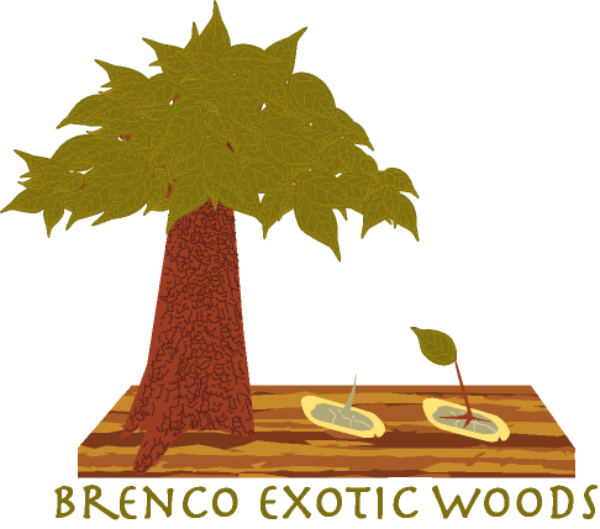Iroko - Milicia excelsa
Janka Hardness = 1260
Photosensitivity = Yes (Turns Brown)
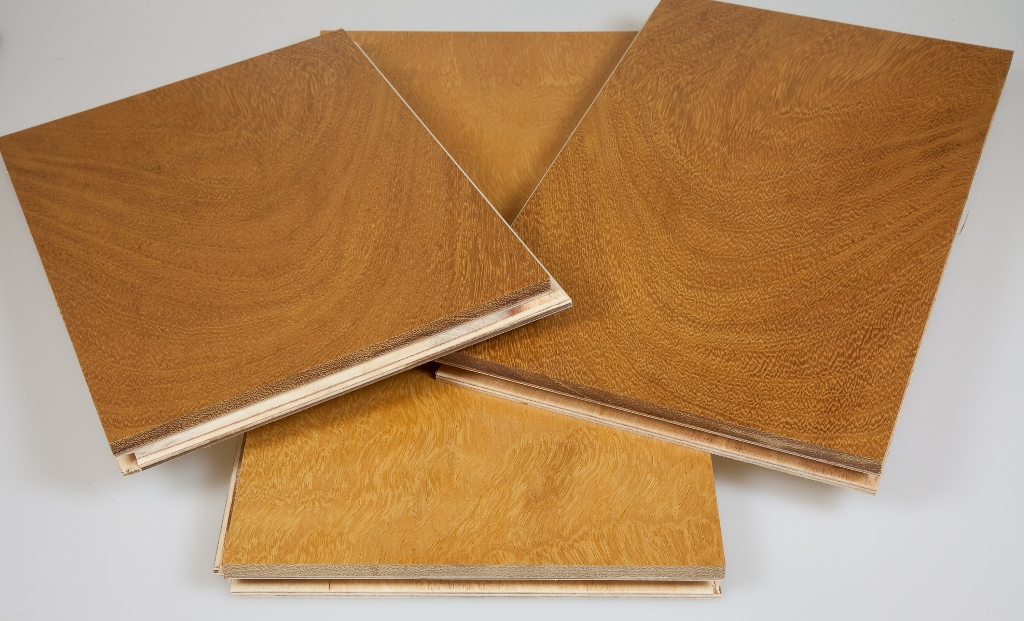
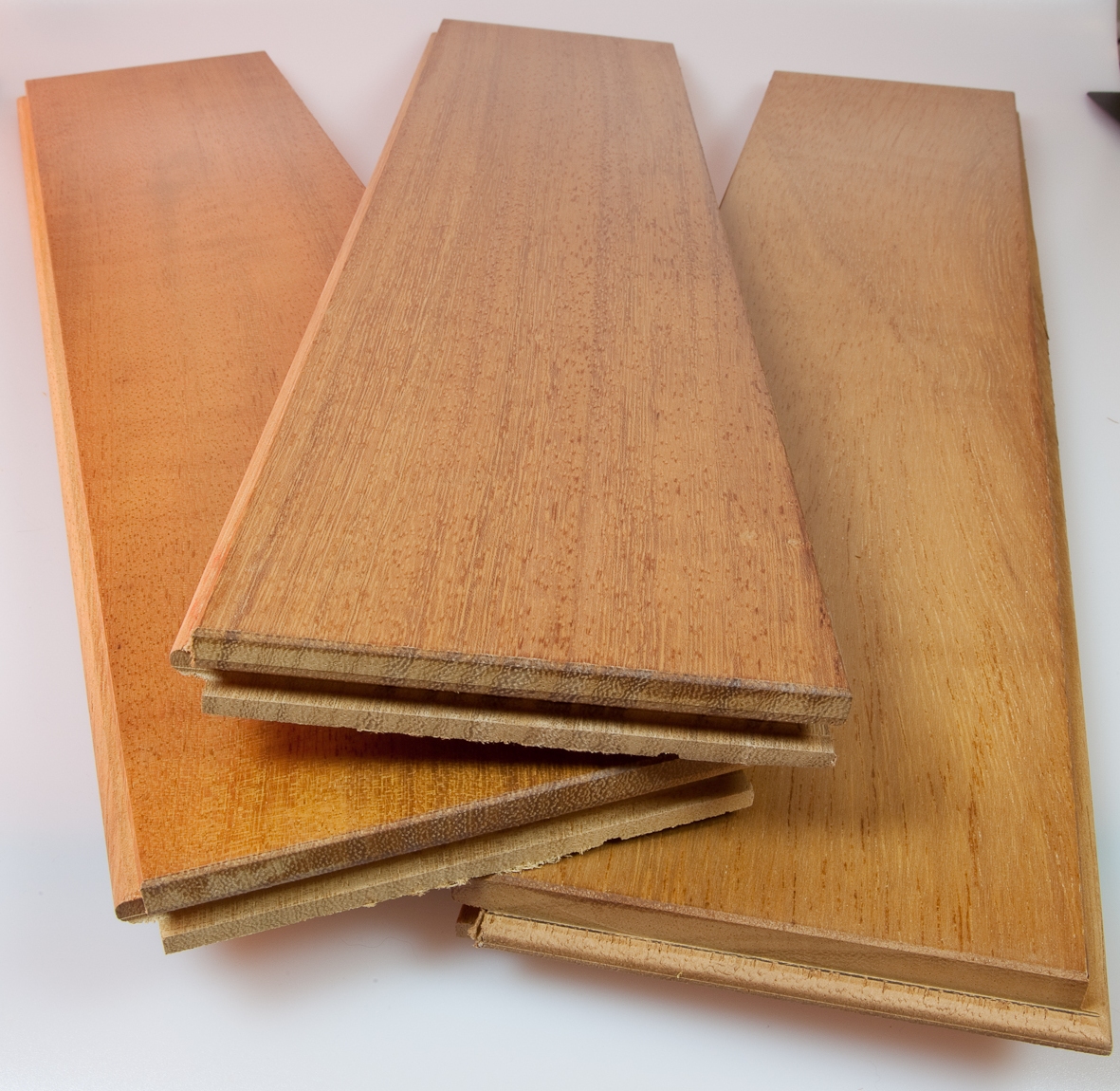
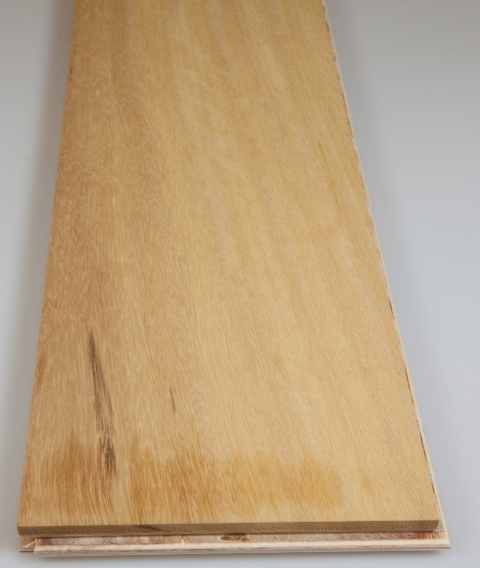
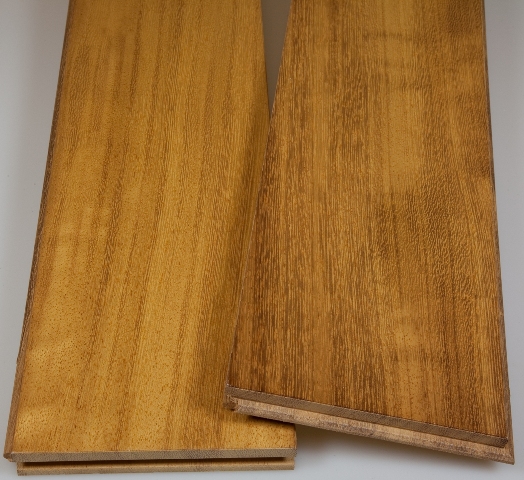
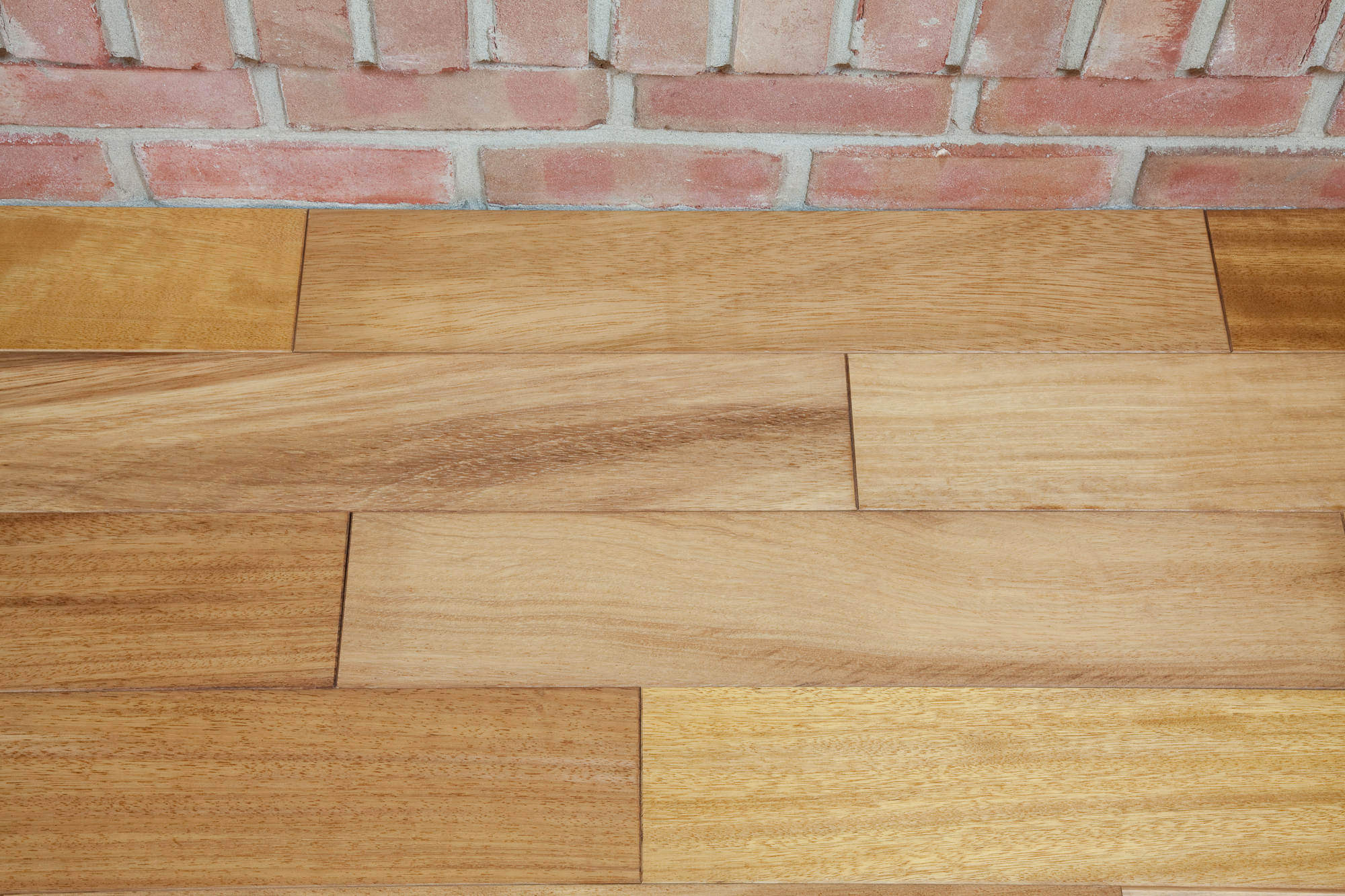
Brenco Exotic Woods, when the ordinary will not do!!!
Scientific Name = Milicia excelsa
Trade Name = Iroko
Family Name = Moraceae
Synonyms = Morus excelsa, Chlorophora alba, Chlorophora excelsa, Chlorophora tenuifolia, Maclura excelsa, Milicia africana, Milicia regia
Common Names = Abang, African oak, African teak, Agui, Akede, Bakana, Bang, Banghi, Bobang, Bonzo, Bush oak, Bush teak, Bwagashanga, Corkwood, Elowa, Elua, Elui, Emang, Geh, Guele, Guh, Gutumba, Intule, Iroko, Kambala, Kimurumba, Logo asagu, Loko, Lusanga, Mamangi, Mandji, Mbala, Mbara, Mereira, Mgunda, Minarui, Mokongo, Moloundou, Molundu, Moreira, Muberry, Mucoco, Murie, Murumba, Mururi, Mutumba, Mutumbav, Muvule, Mvule, Mvuli, Nsan, Ntong, Obas tree, Odji, Odoum, Odum, Oduna, Ofryio, Olia, Olua, Olwaa, Oroko, Oroko ulokoodigpe, Rock elm, Roco, Rokko, Sanga, Semei, Semli, Sime, Simli, Simme, Ssare, Teak, Tema, Toumbohiro noir, Tule, Tule mufala, Uklobce, Ulok, Uloko-mushinogbon, Ulundu, Vai
Regions of Distribution = Africa
Countries of Distribution = Angola, Benin, Burundi, Cameroon, Congo, Gabon, Gambia, Ghana, Ivory Coast, Kenya, Liberia, Mozambique, Nigeria, Rwanda, Sierra Leone, Tanzania, Togo, Uganda, Zaire, Zimbabwe
Numerical Strength Properties and Data:
Bending Strength = 13,581 psi or 954 kg/cm2
Crushing Strength = 1744 psi or 122 kg/cm2
Density = 42 Lbs/Ft3 or 673 kg/m3
Janka Hardness = 1260
Hardness = 1,603 lbs. or 727 kg
Impact Strength = 24 in or 60 cm
Maximum Crushing Strength = 7,398 psi or 520 kg/cm2
Shearing Strength = 1604 psi or 112 kg/cm2
Stiffness = 1,569,000 psi or 1510,000 kg/cm2
Specific Gravity = 0.70
Work to Maximum Load = 10 inch-lb/in3 or 0.70 cm-kg/cm3
Fiber Saturation Point = 23%
Weight = 44 Lbs/Ft3 or 705 kg/m3
Radial Shrinkage = 2.8%
Tangential Shrinkage = 3.8%
Volumetric Shrinkage = 8.8%
T/R Ration = 1.4
General Characteristics = Heartwood varies from a pale yellowish brown to dark chocolate brown with lighter markings most conspicuous on flat-sawn surfaces; sapwood yellowish white, clearly demarcated. Texture medium to coarse; grain typically interlocked, sometimes irregular; slightly greasy feel; without odor; wet sawdust may cause dermatitis; occasional large "stone" deposits of calcium carbonate.
Grain = Interlocked, Has a fairly coarse texture and open pores. Grain is usually wavy or interlocked.
Interlocked Grain = Slight
Texture = Coarse
Movement in Service = Small
Photosensitivity = Very High, Changes from light Yellow to Dark Brown
Color = Heartwood is usually a yellow to golden or medium brown, with color tending to darken over time
Steamed = No
